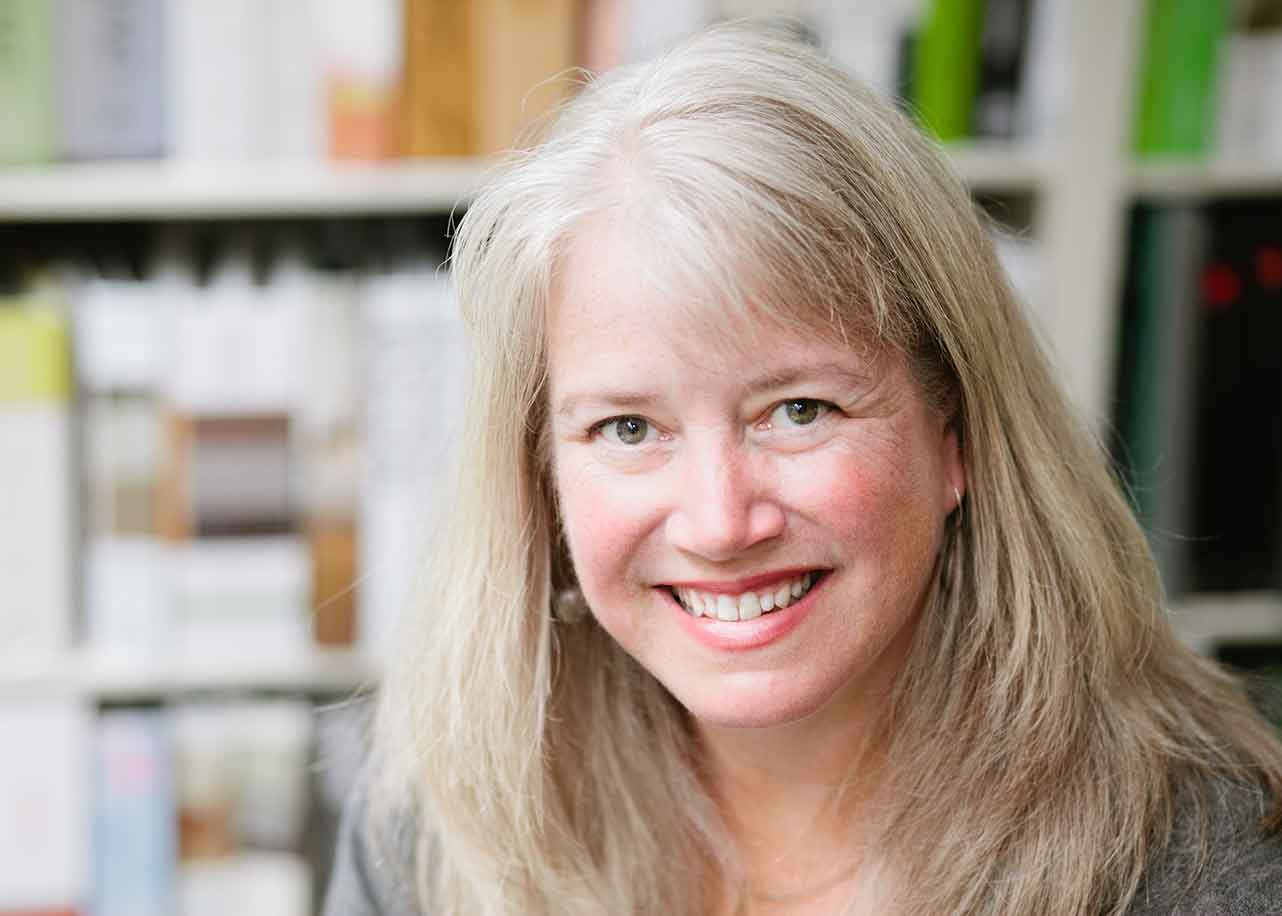
Whether skipping HVAC or adding biofiltration, Weber Thompson’s office designs break the mold. The head of the Seattle firm’s commercial office team spotlights three hometown faves.
Weber Thompson is no rookie in the sustainable architecture industry. The firm celebrated its 30th anniversary last summer, and Kristen Scott has helped guide the Seattle company for nearly that entire duration, since joining in 1993. Scott—who heads WT’s commercial office team—and her co-principals have built some of the most notable green commercial spaces of the last 10 years—ones that also incorporate creative interiors and some truly innovative landscaping elements. “We love it when we can approach projects in an integrated fashion,” she says. “It makes for a much stronger design solution when you can bring all those different perspectives to bear on a project.” Here are three of Scott’s office projects—two completed and one in the works—that surely fit the bill.
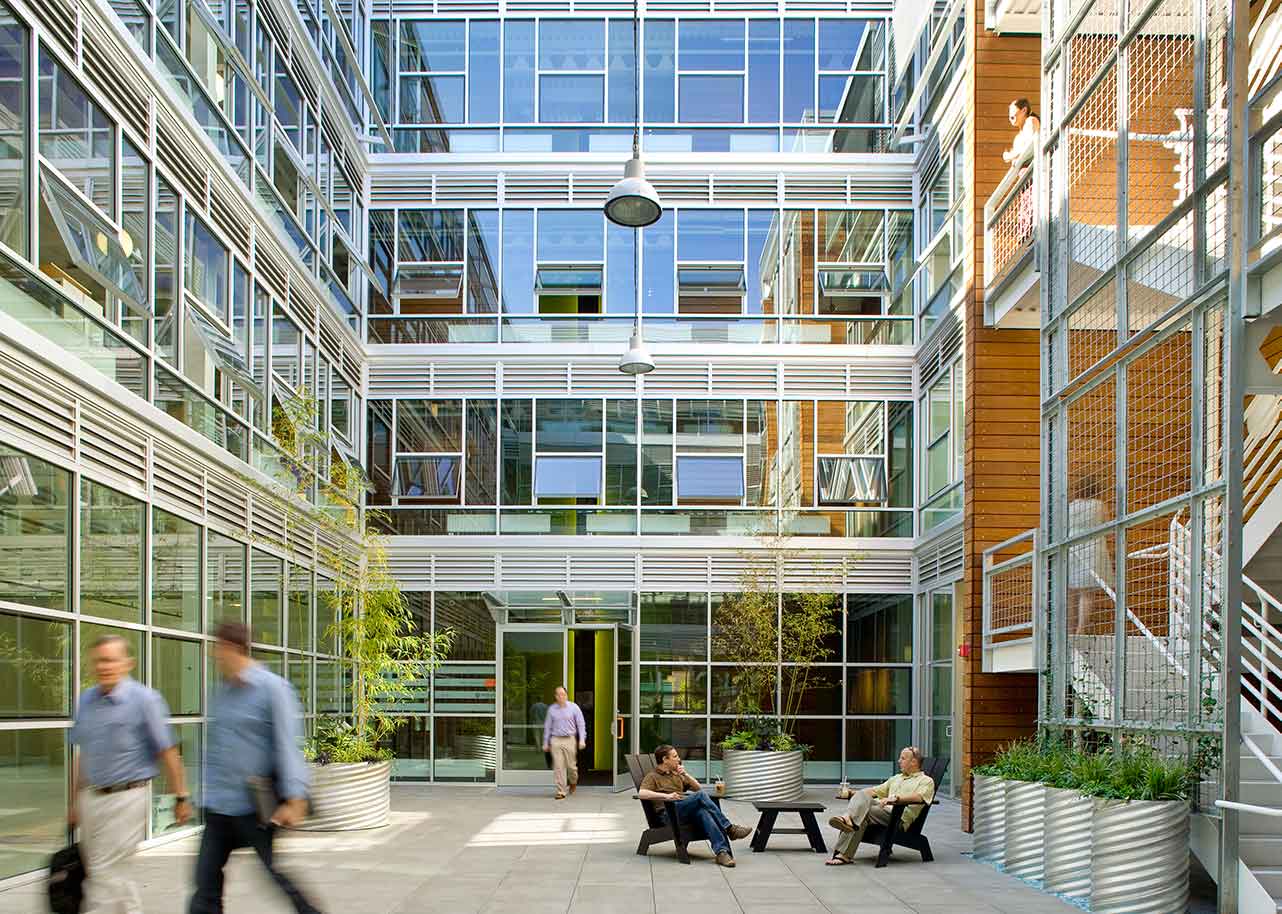
The Terry Thomas [Photo: Lara Swimmer]
1. The Terry Thomas
This four-story building, which Weber Thompson designed between 2004 and 2005 and also calls home, is probably most notable for what it lacks—it has no central air conditioning. That purposeful omission drove the building’s design, which includes a central public courtyard, creating a chimney effect that cools the building passively while dramatically improving daylighting. There’s also automated louvers, fixed shades, and a reflective roof to control heat gain and reduce glare. The building—which is LEED Gold–certified for core and shell, with LEED Platinum–certified commercial interiors in the WT office—consumes 56% less energy than a comparable building. The team worked with engineers to pinpoint the minimum floor-to-floor height that still offered plentiful daylight in order to save on exterior walls. Also, a prominent exterior stair/gathering space, which employees have dubbed “our fifth conference room,” according to Scott, discourages elevator use and further saves energy.
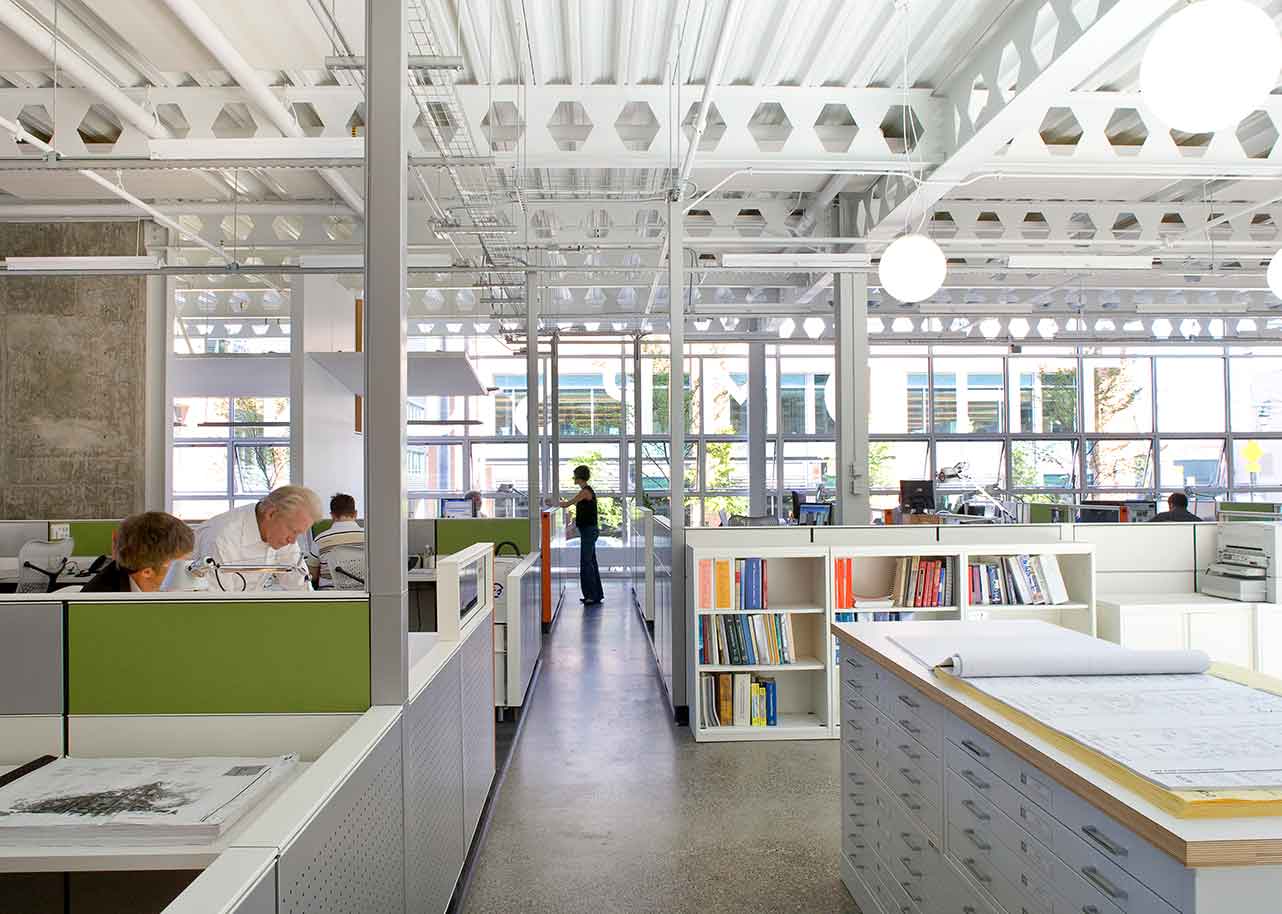
The Terry Thomas [Photo: Lara Swimmer]
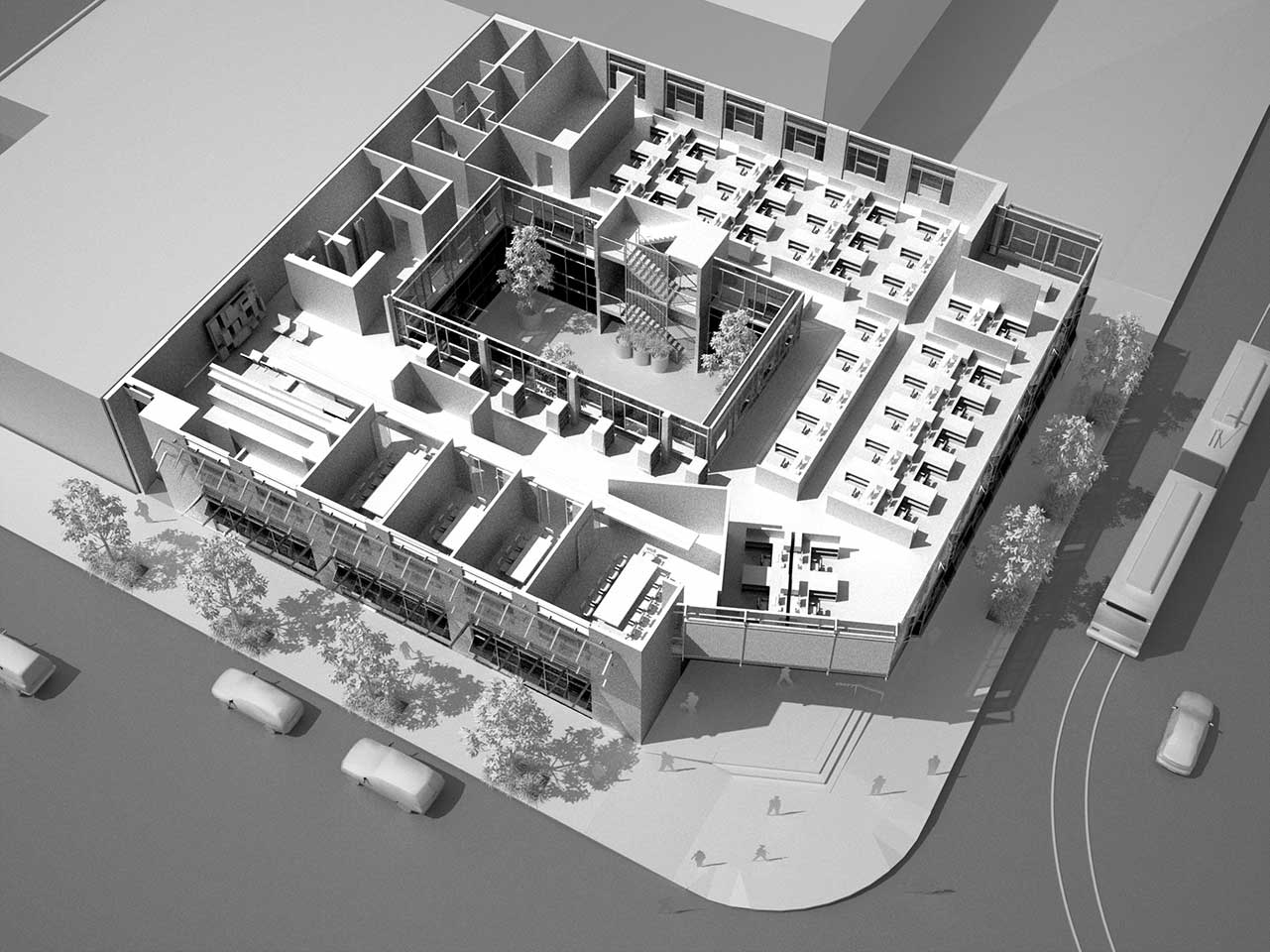
The Terry Thomas’ second floor. [Rendering: Courtesy of Weber Thompson]
Project: The Terry Thomas Location: Seattle, WA Completion: April 2008 Size: 40,000 square feet Mechanical Engineer: Santec Consulting Civil and Structural Engineer: DCI Engineers General Contractor: RAFN
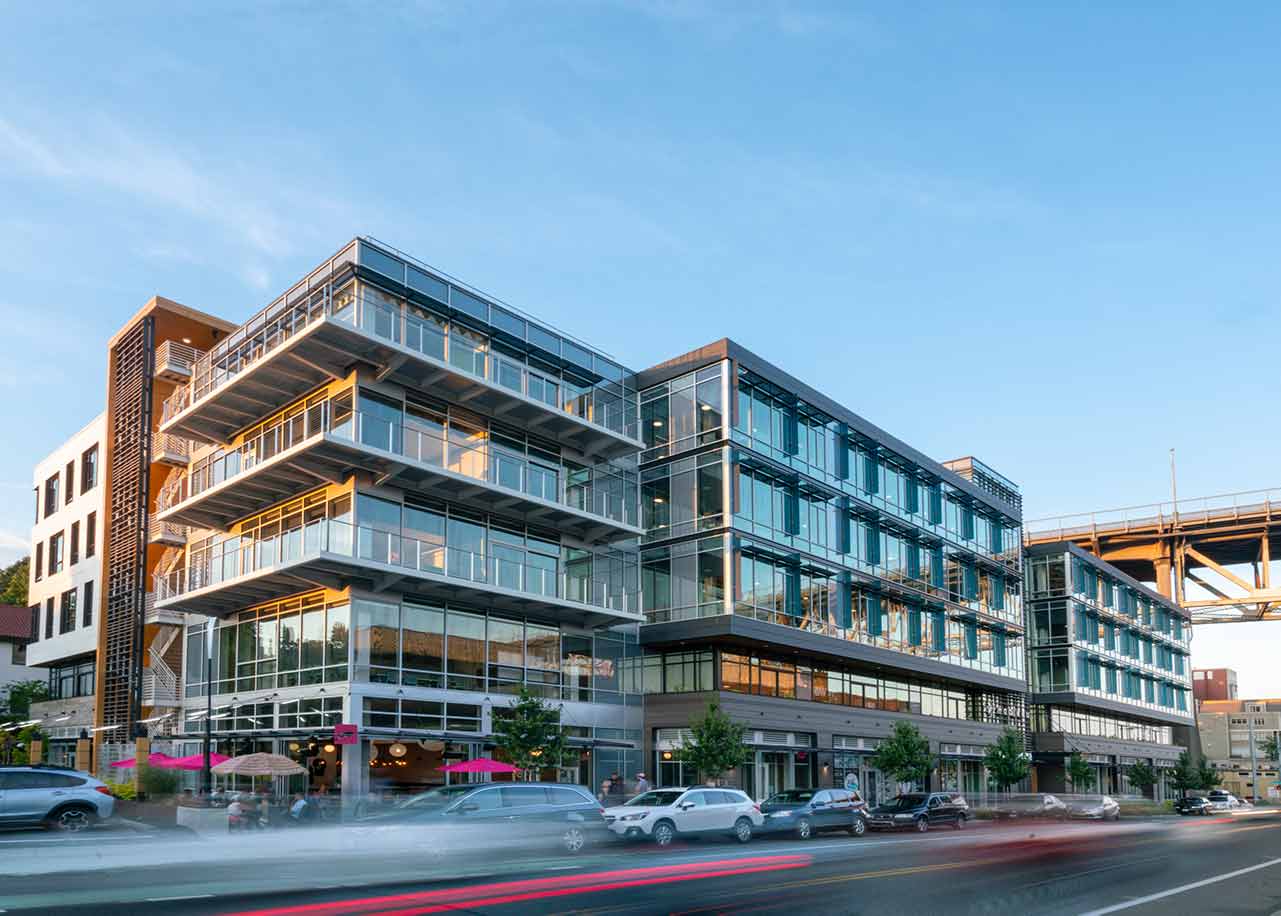
DATA 1 [Built Work Photography / Weber Thompson]
2. DATA 1
Scott calls DATA 1 “the next evolution” beyond the Terry Thomas building. The LEED Gold building also incorporates a large courtyard that facilitates daylighting, but adds outdoor decks on three floors and a large-scale roof deck. The HVAC system is mechanical, but extremely energy-efficient. The variable refrigerant flow uses smaller ducts that allow for fine-tuned, zoned control of heating and cooling. It’s also easily modifiable, an important design detail for open office plans that prize flexibility, Scott notes. The building, which houses Tableau Software, is positioned along Seattle’s major biking path, so architects built in ample bike parking along with a shower complex and locker rooms to accommodate the bicycle-loving staff. But its most impressive element might be its stormwater treatment, which will be expanded upon by its future neighbor, Watershed.
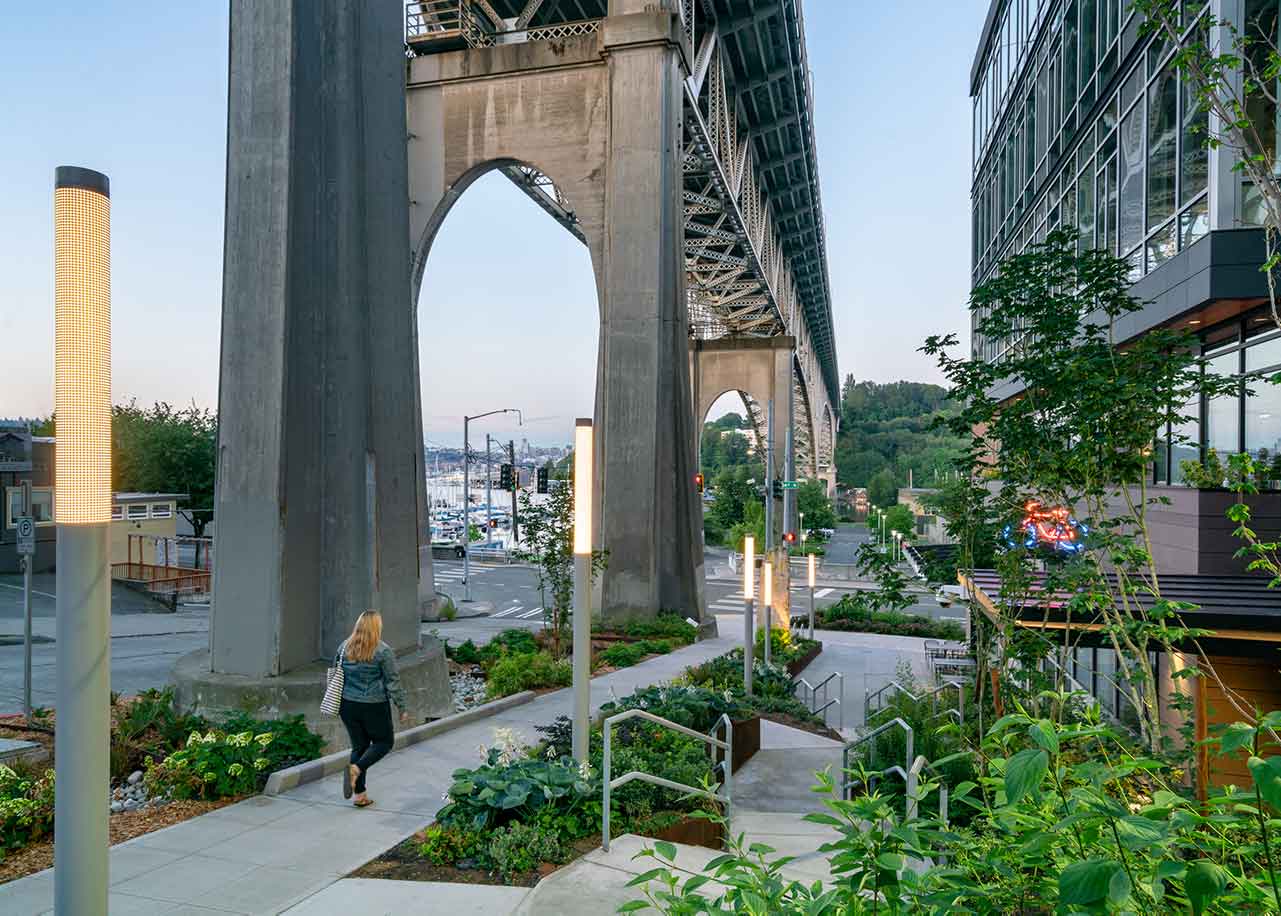
DATA 1 [Built Work Photography / Weber Thompson]

[Drawing: Courtesy of Weber Thompson]
Project: DATA 1 Location: Seattle, WA Completion: July 2017 Size: 195,000 gross square feet Structural Engineer: DCI Engineers Civil Engineer: KPFF Energy Engineer: WSP General Contractor: Pennon Construction
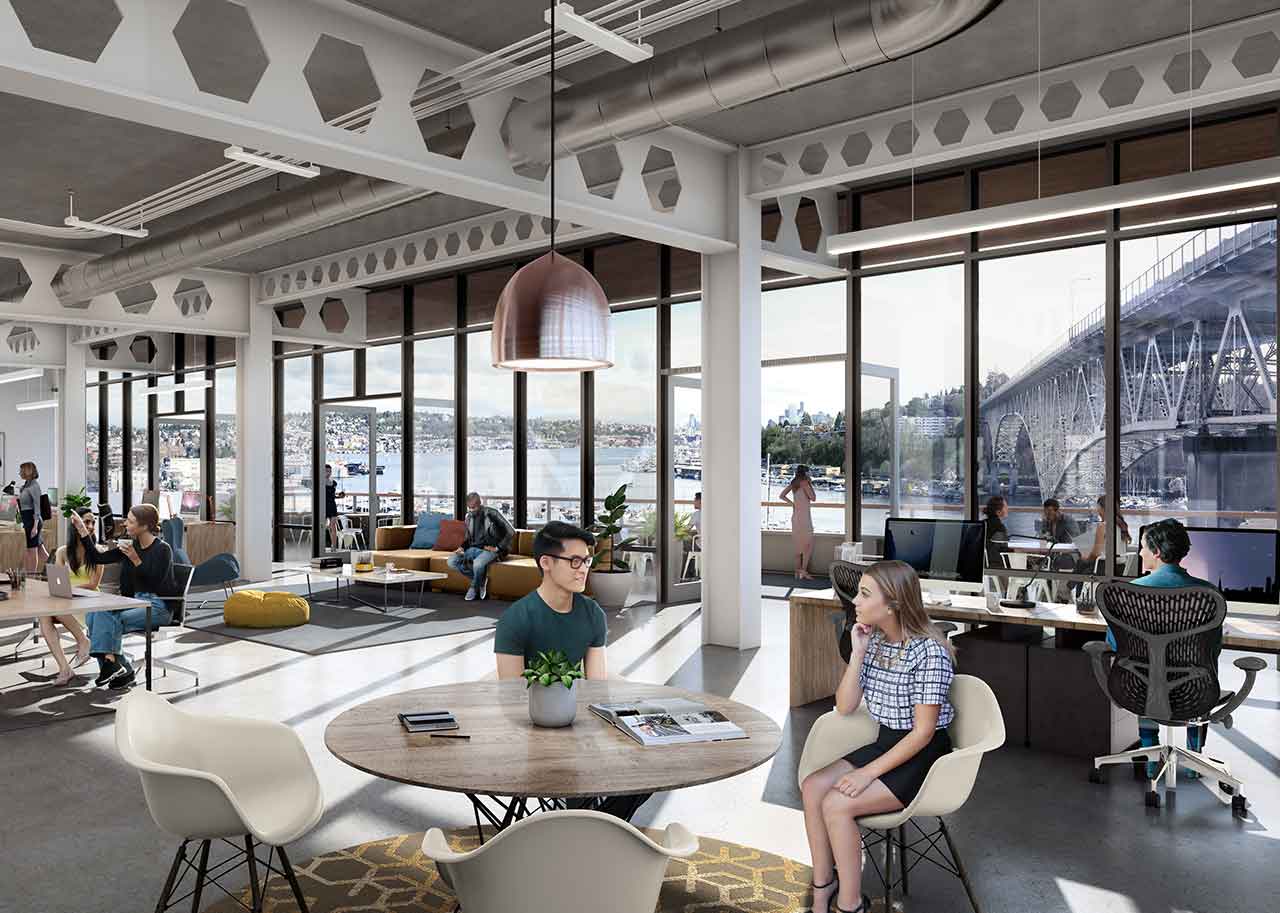
Watershed [© Kilograph / Weber Thompson]
3. Watershed
Like DATA 1 does, Watershed will stand in the shadow of Seattle’s aging Aurora Bridge, from which thousands of gallons of toxic rainwater falls annually before settling into salmon-rich Lake Union. To help preserve the water and its ecosystem, Weber Thompson included biofiltration swales beneath new sidewalks and terraces in order to clean up the runoff before it reaches the lake, a design that will be expanded with Watershed. The building, which follows the guidelines of Seattle’s Living Building Pilot Program and is slated to be completed in late 2019, will also collect 200,000 gallons of roof water to reuse onsite. Also notable: the use of electrochromic glass along the exterior, which dramatically reduces light and heat intake as the source intensifies. Think self-tinting sunglasses, but for buildings.
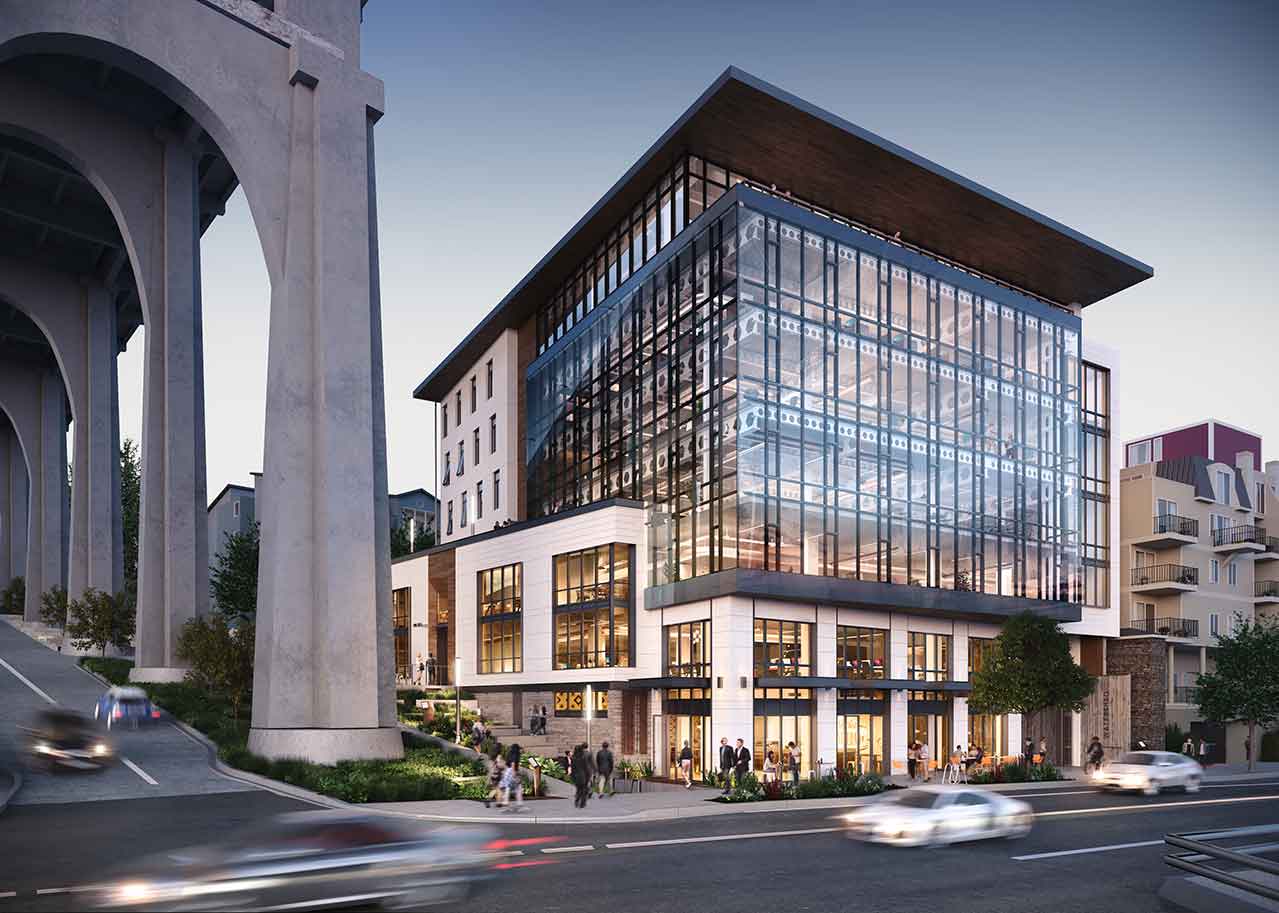
Watershed [© Kilograph / Weber Thompson]

[Drawing: Courtesy of Weber Thompson]
Project: Watershed Location: Seattle, WA Completion: December 2019 Size: 72,405 square feet MEP and Energy Engineer: WSP Structural Engineer: DCI Civil Engineer: KPFF General Contractor: Turner Construction
